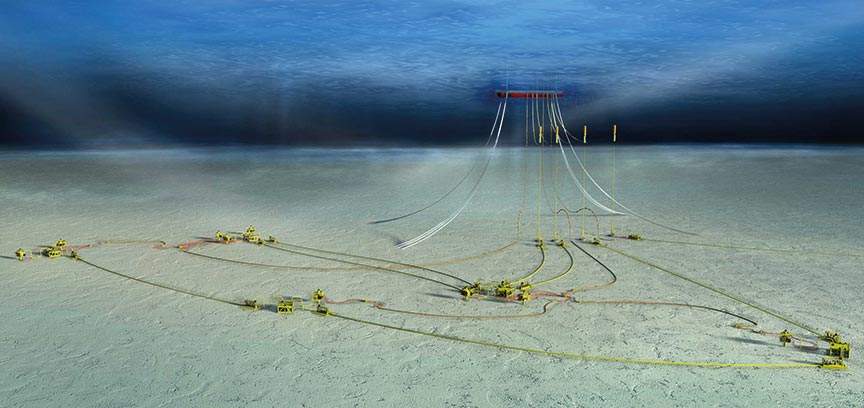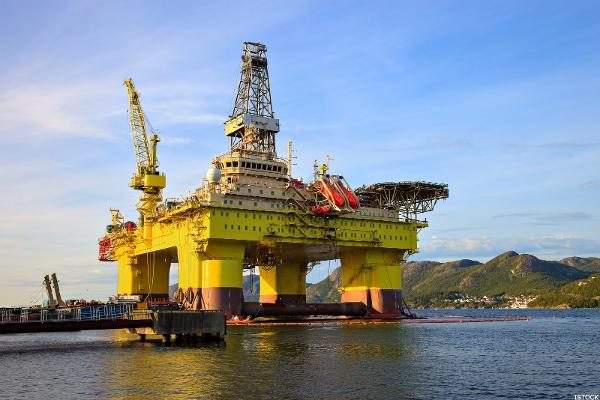The Zabazaba and the Etan fields are located in oil prospecting lease (OPL) 245 offshore Nigeria in the Niger Delta of the Gulf of Guinea, in water depths ranging from 1,200m-2,400m.
The oil and gas fields form part of an integrated project, which is being jointly developed by Nigerian Agip Exploration (NAE) and Shell Nigeria Exploration and Production Company (SNEPCO).
Nigerian Agip Exploration (NAE) is also serving as the operator for the project.
First production from the $13.5bn integrated development project is expected in 2020.
The deepwater project is expected to support small and medium sized businesses in Nigeria, with half of the Zabazaba FPSO topside currently slated to be fabricated and integrated in the country.
Niger Delta geology and reserves
The Niger delta lies in the Gulf of Guinea and is surrounded by the Cameroon volcanic line to the east and the Dahomey basin to the west.
The delta is spread over an area of 300,000km² and is the world’s 12th biggest oil and gas resource.
It has a sediment volume of 500,000km³ and a sediment thickness exceeding 10km in the basin depocenter.
The delta is estimated to contain 34.5 billion barrels of recoverable oil and 93.8 trillion cubic feet of recoverable gas reserves. The primary source rock in the delta is the Akata formation.
The Zabazaba and Etan fields are estimated to hold a combined total of 560 million barrels of oil-equivalent (Mboe).
Zabazaba and Etan integrated development details
The timeline for the integrated project originally scheduled the Etan field for development first, followed by the Zabazaba field at a later date.
However, NAE recently amended the plan and chose the Zabazaba field for initial development, followed by the Etan field three years later as a tie-back to the Zabazaba FPSO.
A very large crude carrier (VLCC) is planned to be converted into a floating, production, storage and offloading vessel (FPSO) for use at the Zabazaba field.
The FPSO will be spread-moored with a capacity of 120,000 barrels a day (kbbls/d) and is set to be installed with a calm buoy.
Etan development plan details
The development plan for the Etan field will include two production clusters comprising four water injection wells and five production wells.
Pipe-in-pipe production flow lines, four risers and a single water injection flowline will also be installed as part of the development.
The four risers will be single hybrid risers (SHRs), with two units intended for fluid production and one SHR for water injection and gas export each.
A 16in-diameter pipeline is also planned to be installed to connect the FPSO to the deepwater tie-in.
Oil and gas export from the integrated development
The gas export system will consist of a free-standing hybrid riser (FSHR), subsea safety isolation valve module (SSIV) and subsea umbilicals.
Oil produced from the Zabazaba field will be transferred to the FPSO and offloaded onto tankers and crude vessels.
The produced gas will be transported via a new pipeline to an offshore gas-gathering system, before being sent for processing at a liquefaction plant on Bonny Island, onshore Nigeria.
Contractors involved
INTECSEA was contracted for the concept selection phase of the project in 2013.










